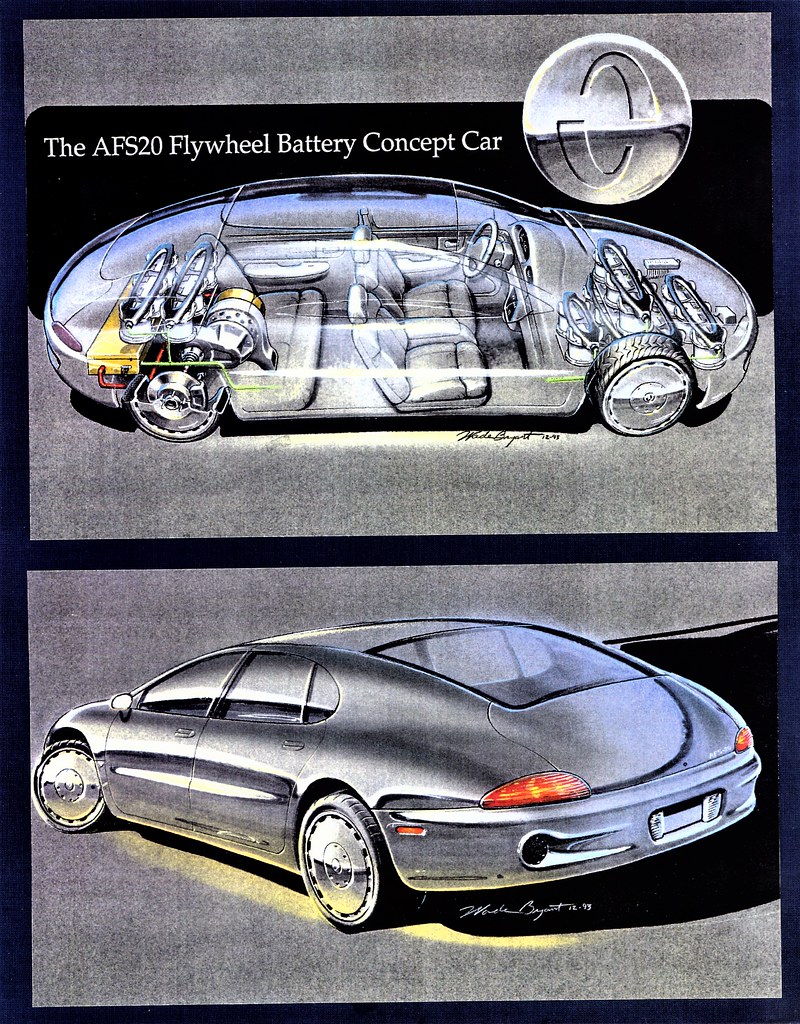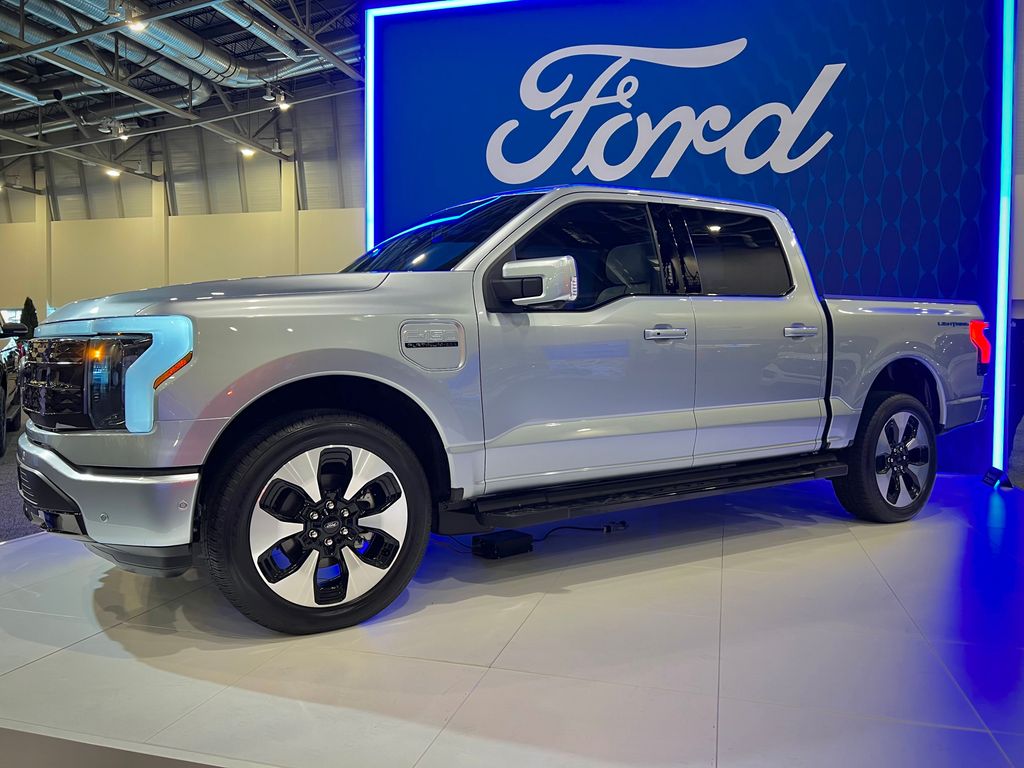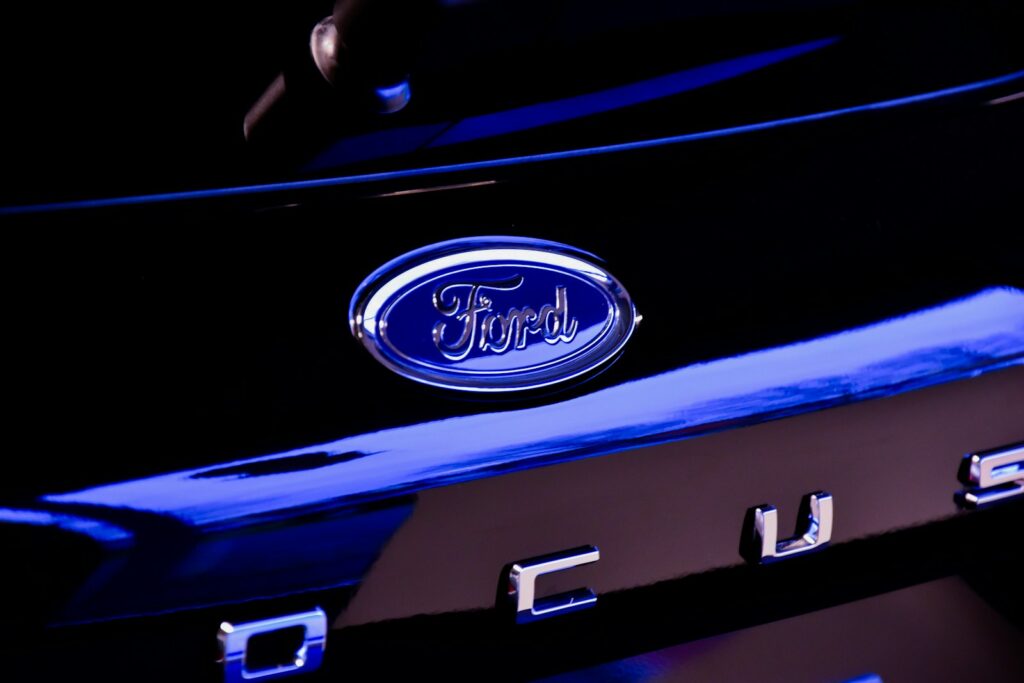
In a strategic maneuver that could redefine the trajectory of the American electric vehicle market, Ford is making a significant and calculated pivot. Amidst the anticipation of federal tax credits expiring on September 30 and an expected dip in demand, the automaker has unveiled an additional $2 billion investment in battery-electric vehicles (BEVs). This formidable commitment is not merely a continuation of past efforts; it represents a sharp turn, embracing a strategy inspired directly by China’s dominant EV players rather than its conventional American counterparts.
At the forefront of this audacious bet is an unnamed midsize electric pickup, meticulously engineered to achieve a base price of just $30,000. CEO Jim Farley introduced this pivotal vehicle on Monday at a landmark event in Louisville, Kentucky, the designated assembly hub. With a planned market arrival in 2027, this initiative signals Ford’s intent to disrupt the market with an accessible, high-utility electric offering.
Farley articulated the ambition behind the new truck, declaring, “This new truck, based on this universal platform, is going to be more spacious inside than the RAV4, the best-selling car in the United States.” He further underscored its innovative design, noting its unique features: “But it will have a frunk and it will have a whole pickup truck bed behind it. No one has seen this kind of flexibility.” This directly targets the entrenched gasoline SUV market, aiming to lure consumers with a blend of comfort and unparalleled utility.
Intriguing reports suggest that this new EV pickup might resurrect a beloved name from Ford’s past: the Ranchero. According to Ford Authority, the company has indeed filed a new trademark for the name, specifically for electric pickup trucks. The Ranchero, a distinctive car-truck hybrid, last graced U.S. roads in 1979, having cultivated a cult following for its unique combination of sedan-like comfort and practical pickup bed utility. Its potential return speaks to Ford’s willingness to blend heritage with cutting-edge electrification.

This strategic redirection signifies a profound departure for Ford, setting it apart from its American competitors, most notably Tesla. While Tesla has largely focused on premium vehicles, exemplified by the commercially challenged Cybertruck, Ford is charting a different course. It also marks a significant shift from Ford’s own historically profitable strategy of marketing large, high-margin pickups and SUVs such as the F-150 and Expedition, signaling a new era of affordability as a core principle.
Instead, Ford is consciously embracing a strategy that bears a striking resemblance to that of the Chinese automotive powerhouse, BYD. BYD has ascended to become the world’s largest EV seller by specializing in mass-market, affordable electric cars. The company’s cheapest EV, the Seagull, for instance, starts at an equivalent of just $9,700 in China. This unwavering focus on affordability has enabled BYD to seize substantial market share from Tesla across both the Chinese and European landscapes.
Farley openly acknowledged the existing gap between current EV offerings and genuine consumer demand. He noted, “A computer can have much lower costs—that’s why we redid this platform… to bring the costs down.” This statement encapsulates Ford’s fundamental understanding that widespread EV adoption hinges on making these vehicles economically viable for a broader demographic, moving beyond the early adopters who could afford premium pricing.
The critical question then arises: How does Ford intend to construct a low-cost, high-performance pickup, a feat that has eluded other American automakers thus far? The answer lies in a complete reimagining of its design and manufacturing processes. A clandestine “skunkworks” team was responsible for developing the new “Ford Universal EV Platform,” a meticulously simplified architecture. This innovative platform boasts 20% fewer parts and 25% fewer fasteners, with the wiring harness alone impressively reduced by 4,000 feet and 10 kilograms, translating into substantial material and labor savings.

The battery technology represents another cornerstone of this cost-cutting strategy. Ford is proactively manufacturing its own cobalt-free lithium iron phosphate (LFP) prismatic batteries in Michigan. This specific battery chemistry is, as Ford has claimed, significantly cheaper to produce. Furthermore, its design ingeniously allows it to function as a structural element of the truck’s floor, thereby optimizing space utilization and further diminishing overall costs. This integration is a testament to Ford’s commitment to holistic efficiency.
Perhaps the most revolutionary aspect of this undertaking is Ford’s complete reinvention of the factory itself. Eschewing the conventional moving assembly line, the new truck will be constructed using an innovative “assembly tree” methodology. This process involves building the vehicle in three primary sub-assemblies—the front section, the rear section, and the structural battery floor, with the interior already meticulously attached. These distinct modules are then seamlessly joined at the final stage. Ford boldly asserts that this groundbreaking process is 15% faster and considerably simpler than traditional methods, streamlining production and enhancing efficiency.
Farley articulated a compelling social vision for the new vehicle, stating, “Our idea is that the people working here in Louisville will be able to buy this car and spend money on other things they love, like vacations, their home, and their children’s education.” This speaks to a broader ambition: to make electric vehicle ownership a catalyst for economic empowerment and improved quality of life for its own workforce and, by extension, the wider public.

This newly announced truck represents a direct and unequivocal challenge to the entire automotive industry, particularly its established players. However, this ambitious push comes at a time when Ford’s own EV division is navigating troubled waters. In the second quarter of 2025, the unit recorded a substantial operating loss of $1.3 billion, indicative of the financial hurdles inherent in the nascent EV market. The company is wagering that this radical new approach, ingeniously adapted from Chinese strategies and infused with American innovation, is the only viable path to finally render EVs profitable for the corporation and genuinely affordable for the general populace. Ford’s EV business also lost $5 billion in 2024, and reported $2.2 billion in losses in the first half of 2025, culminating in $12 billion over the last two and a half years.
Ford asserts that its new midsize EV pickup will offer a lower total cost of ownership over five years compared to a three-year-old used Tesla Model Y, coupled with more interior space than a Toyota RAV4. With a targeted starting price of $30,000, it aims to be competitively priced even against popular gasoline models like the RAV4. The Ford Universal EV Platform is positioned as the enabler of these significant cost and space advantages.
CEO Jim Farley, during the Kentucky event, declared, “We took a radical approach to a very hard challenge: Create affordable electric vehicles that delight customers in every way that matters – design, innovation, flexibility, space, driving pleasure, and cost of ownership.” He emphasized Ford’s departure from what he termed the “good college tries” of other Detroit automakers in the affordable EV segment, pledging that Ford’s new platform would fundamentally alter the competitive landscape by drastically reducing costs and optimizing overall efficiency.
The strategic choice of batteries is also key: Ford is set to become the first automaker to produce prismatic LFP batteries in the United States. This move is projected to not only reduce manufacturing costs but also to create more interior space within the vehicle, a crucial benefit for passenger comfort and cargo capacity. The LFP batteries lie flat beneath the floor, contributing to improved handling and a quiet ride, while also providing a “surprising amount of interior space,” as Ford has stated.

Farley provided further specifics on the new platform’s efficiency gains. He detailed that the new architecture reduces parts by 20% compared to the average vehicle and incorporates 25% fewer fasteners. Additionally, the manufacturing process boasts 40% fewer workstations dock-to-dock in the plant and a 15% faster assembly time, all contributing to unprecedented cost reductions. Doug Field, Ford’s Chief EV, digital, and design officer, highlighted that compared to first-generation electric vehicles, Ford can achieve the same range with a third less battery, reflecting a smart approach to resource utilization rather than simply competing for raw material acquisition.
The implications for ownership costs are also significant. Farley explicitly claimed that the new Ford Universal EV platform will lead to a “lower cost of ownership over five years than a three-year-old used Tesla Model Y.” This formidable promise underscores Ford’s commitment to making EVs not just affordable to purchase, but economical to own and operate over their lifespan. The wiring harness alone in the new midsize truck, being 4,000 feet shorter and 10 kg lighter, is a prime example of the granular efficiency gains that collectively contribute to this lower cost of ownership.
Doug Field also conveyed that Ford drew inspiration from the iconic Model T, aiming for the new vehicle to be more than just a utilitarian machine. Ford promises that this new electric pickup will also offer an exhilarating driving experience, targeting a 0 to 60 mph time as quick as the Mustang EcoBoost and engineered for even greater downforce, blending practicality with a touch of performance.
While specific details regarding the reveal date, final pricing, range, battery sizes, and charge times are yet to be disclosed, Ford has set a clear target: a starting price of around $30,000, with customer deliveries anticipated to commence in 2027. To support this monumental undertaking, Ford has channeled approximately $5 billion into its Louisville Assembly Complex, a move projected to generate nearly 4,000 jobs dedicated to the production of its new EV pickup and LFP batteries.

This enterprise is not without its inherent risks. The U.S. EV market has experienced a deceleration in sales following years of aggressive growth, with several automakers reconsidering or entirely abandoning segments. The impending expiration of the federal EV tax credit of up to $7,500 in September presents another significant headwind. Despite Ford’s EV business recording substantial losses, including an anticipated even larger deficit this year, CEO Jim Farley remains steadfast.
Farley insists that this is a gamble worth taking, articulating his belief that a low-cost, feature-rich electric pickup could fundamentally alter Ford’s trajectory within the electric vehicle landscape. The urgency of this strategic move is palpable, given the relentless advance of Chinese EV manufacturers. BYD’s Sea Lion 07 SUV, for instance, offers superior range compared to Ford’s Mustang Mach-E at a considerably lower price point. Meanwhile, Tesla faces its own challenges with declining sales and intensified competition, and General Motors is also reorienting its strategy towards smaller, more affordable EV models.
Against this backdrop of fierce global competition, Ford’s overarching strategy is clear: to deliver a $30,000 electric pickup that seamlessly integrates affordability with advanced features. Crucially, Ford aims to achieve this before foreign rivals can establish a formidable presence in the American market. This is a race against time, with the future of Ford’s EV profitability and market relevance hanging in the balance.

Jim Farley has boldly characterized this investment as the company’s “most radical change” since the Model T, an innovation that fundamentally revolutionized the automotive industry and established Ford as a cornerstone of Detroit’s Big 3. He posits that a reimagined assembly process, dubbed the “assembly tree” branched assembly line, initially to be implemented for the midsize truck, will empower the legacy automaker to out-innovate its rivals. Furthermore, Farley boasted that the new truck will possess the remarkable capability to power a house for six days, eliminating the need for a separate generator. This forward-thinking approach, combining affordability, innovation, and practical utility, truly defines Ford’s vision for the future of electric mobility. It is a compelling declaration of intent, setting the stage for a transformative period in the automotive world.



